Grapevine Stories
Right plant in the right place!
Whether you are planting a tree for the Jubilee, or making additions to your garden borders, there are many things that need to be taken into account to ensure that your trees and plants enjoy a happy and healthy life.
RIGHT PLANT IN THE RIGHT PLACE
By Lorraine Spooner (Nicholsons Lockhart Garratt Horticultural & Sales Consultant)
With the Queen inviting everyone to ‘Plant a tree for the Jubilee’, now is the perfect time to look at what various considerations need to be taken into account before reaching for your spade.
First and foremost…
‘THE RIGHT PLANT IN THE RIGHT PLACE’
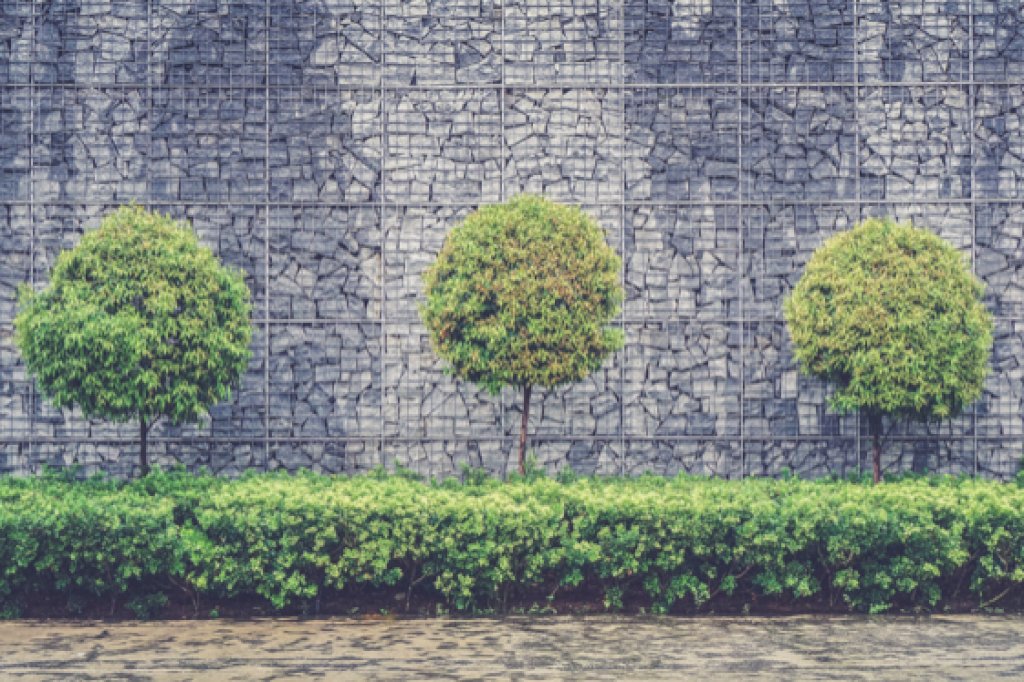
Understanding the unique conditions of your site will enable you to make informed decisions, rather than buying on impulse. Factors which will affect growing conditions include:-
- Water
- Soil (type, structure and pH levels)
- Wind
- Sun
- Light
- Microclimates
- Topography
With summer temperatures increasing, creating areas of shade with drought tolerant plants will become of paramount importance. You may now consider that lovely patio is no longer a place of relaxation but has become a furnace in high summer. Some well positioned trees, providing dappled shade, will be a welcome relief.
A plant naturally suited to its site will be happy and healthy and, as a result, will be less labour intensive. A plant struggling for survival will require more maintenance and will attract pest and disease problems, with consequent pest management costs.
But perhaps most importantly, precious resources can be conserved for other more demanding areas of the garden increasing the sustainability of your plot.
Also consider what is the intended purpose of this particular area of the garden?
- To provide shade
- To provide privacy
- Be low maintenance
- Be child/animal friendly
- Be a place for quiet contemplation
The choice of plants may be dependent on the above factors, but mistakes are frequently made when a plant’s characteristics have not been taken into consideration, such as height, width, spacing, speed of growth, water requirements or growing tolerances. A plant growing in the wrong place can be moved, but this creates extra work and waste when the plant does not survive and has to be replaced.
Below, we have provided some recommendations for different sites to ensure your choice of plant is,
RIGHT PLANT IN THE RIGHT PLACE.
Dry sites in partial shade – a difficult site often occurring at the base of a fence or wall that faces away from the direction of the prevailing wind and is therefore sheltered from rain. Also occurring beneath large, shallow rooted trees which create a rain shadow beneath their leaf canopies. Incorporate plenty of organic matter such as compost, manure or leaf mould to aid moisture retention. An irrigation system is recommended for this type of site.
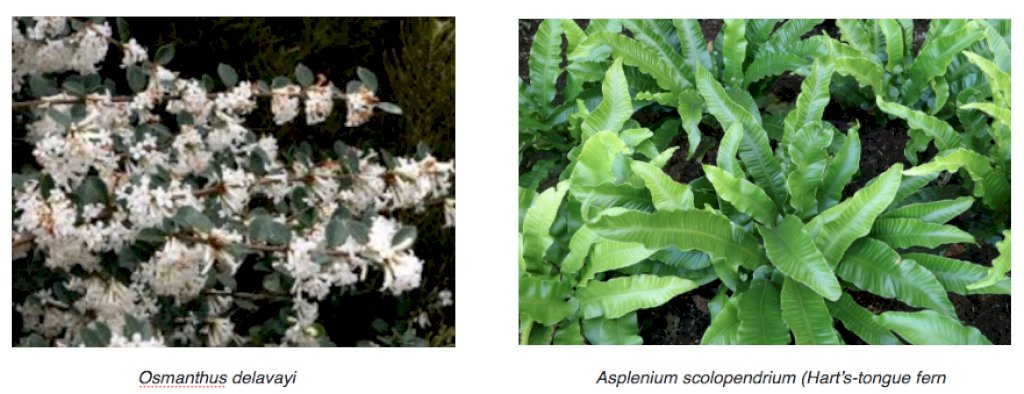
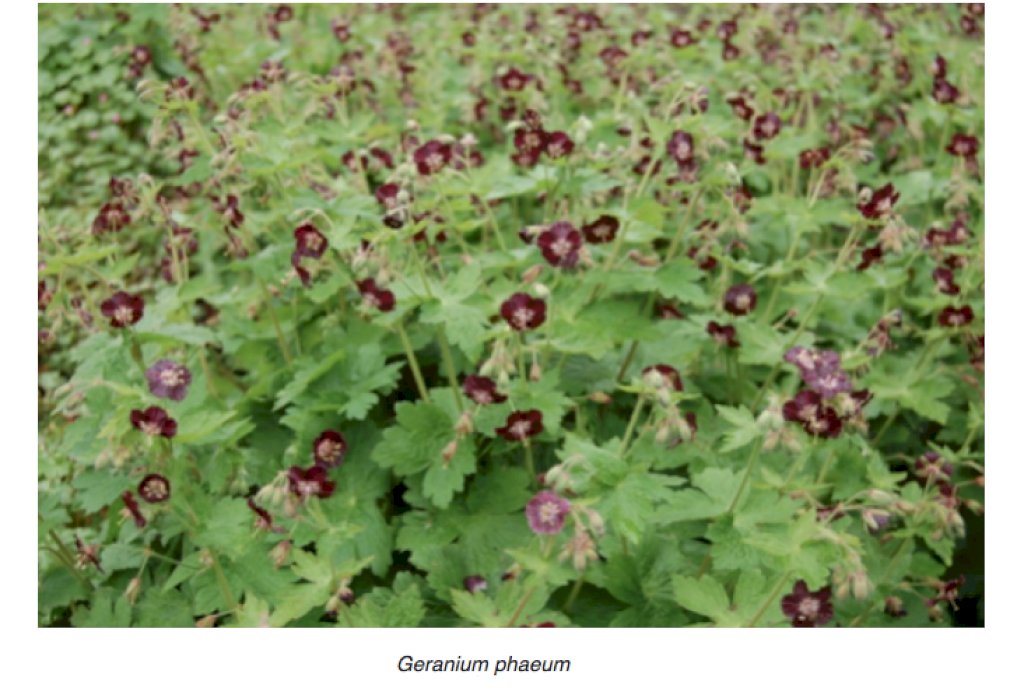
Another plant to consider for this type of site are Bergenias.
Damp sites in partial shade – replicating the cool, humid environment that characterises a woodland, the following plants would be suitable and could be underplanted with a tapestry of greens from a wide variety of ferns, which relish such conditions.
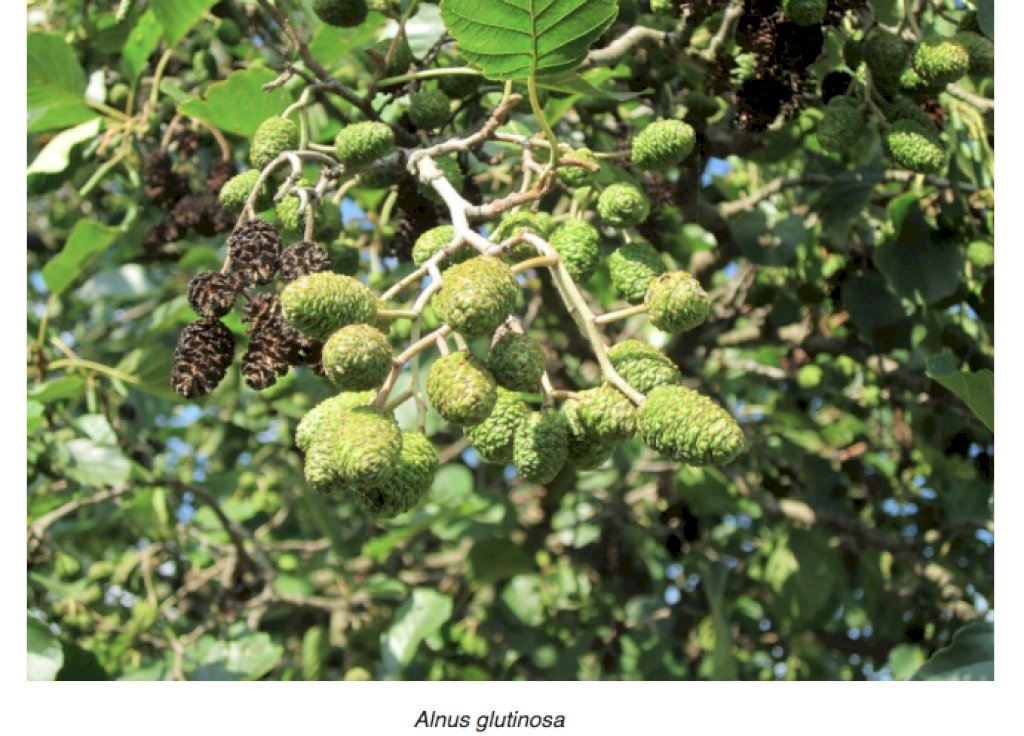
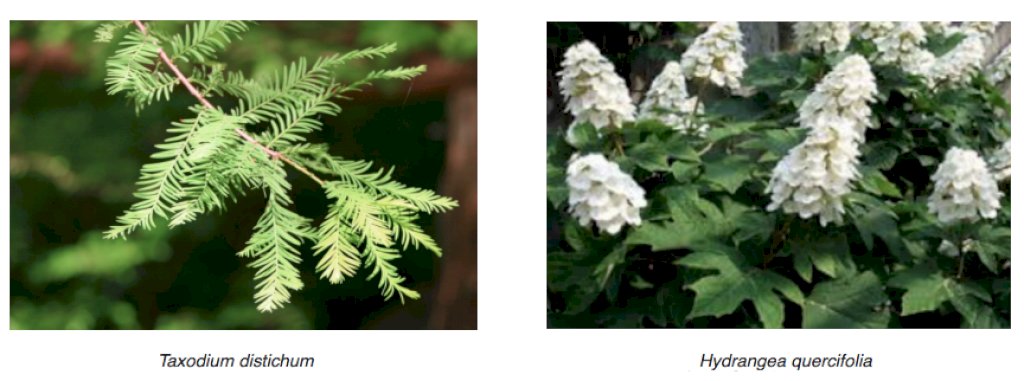
Other plants to consider for this type of site:
Betula nigra, Salix alba ‘Tristis’, Amelanchier lamarckii, Hostas and Ferns.
Hot & Dry Sites – these sites present a challenge for a plant’s survival not only due to a lack of moisture, but because the foliage of many plants can be scorched by very hot sun. Sloping sites where drainage is rapid, the base of walls in a rain shadow and areas in full sun for most of the day are features of this category. Plants of Mediterranean origin will cope with such conditions, however an irrigation system is still recommended for trees planted on this type of site.

Other plants to consider for this type of site:
Cercis siliquastrum, , Gleditsia triacanthos, Koelreuteria paniculata, Pyrus calleryana ‘Chanticleer’, Elaeagnus ‘Quicksilver’, Lavandula, Verbena bonariensis and Erysimum ‘Bowles Mauve’.
Exposed Sites – high winds loosen plant roots, break fragile stems and scorch foliage through excessive transpiration. Creating shelter belts or wind filtering hedges can alleviate these conditions, but it is important to ensure that plants utilised are tough enough to withstand the full force of the wind.
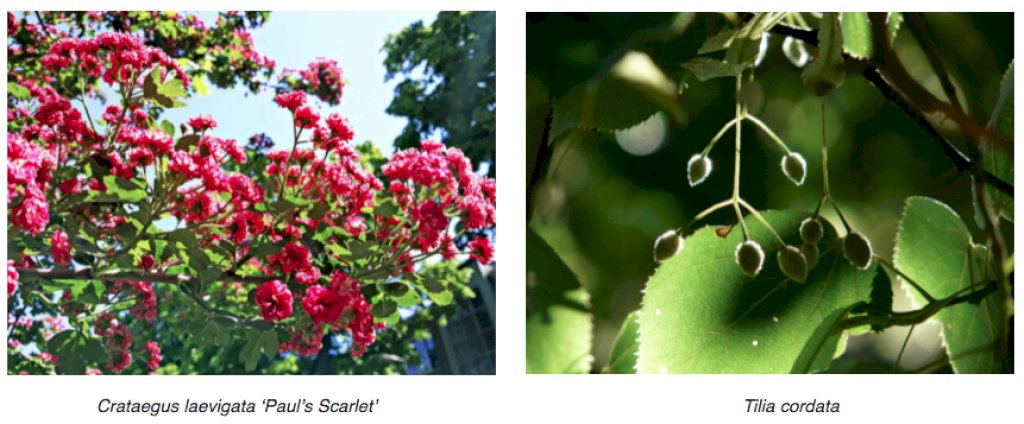
 Other plants to consider for this type of site:
Other plants to consider for this type of site:
Alnus glutinosa ‘Imperialis’, Sorbus aucuparia, Cornus alba ‘Kesselringii’, Sambucus nigra ‘Guincho Purple’.
For all of your planting needs visit our Plant Centre at North Aston to view our large range of trees, shrubs and furniture and speak to our horticultural experts who are always on hand to provide you with advice for your home and garden.
Grapevine members who are going to take part in The Queen's Green Canopy initiative, will be able to get a free consultation prior to any tree purchase to identify what would be the best option for your garden. As part of this they will receive expert advice on caring for the tree and ensuring it is healthy.
As well as this, we are happy to announce that Grapevine members can receive a 10% discount at our Yurt restaurant on visits between Tuesday and Thursday. Simply show your Grapevine profile at the point of purchase.
Alternatively, please contact plantsales@nicholsonsgb.com
Grapevine is a trusted network of private members, linking kindred spirits from town or country. Members promote, sell or buy goods and services within the network.
Grapevine also believes in supporting young people to get a strong start through internships and work placements. We also help a number of charities including Heads Together and The Injured Jockeys Fund.